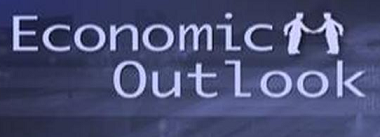from the Congressional Budget Office
In fiscal year 2016, for the first time since 2009, the federal budget deficit increased in relation to the nation’s economic output. The Congressional Budget Office projects that over the next decade, if current laws remained generally unchanged, the deficit would decline in 2018 and then resume its upward trajectory – the result of strong growth in spending for retirement and health care programs targeted to older people and rising interest payments on the government’s debt, accompanied by only modest growth in revenue collections.

Those accumulating deficits would drive debt held by the public from its already high level up to its highest percentage of gross domestic product (GDP) since shortly after World War II.
CBO’s estimate of the deficit for 2017 has increased since January 2017, when the agency issued its previous estimates, because revenues are expected to be lower and mandatory spending is expected to be higher than earlier anticipated. Additionally, the current projection for the cumulative deficit for the 2018 – 2027 period is about $700 billion more than reported in January.
CBO’s economic forecast – which underlies its budget projections – indicates that under current law, economic growth over the next two years would remain close to the modest rate observed since the end of the recession in 2009. Nevertheless, economic growth would continue to outpace growth in potential (maximum sustainable) GDP and thus continue to reduce the amount of underused resources, or slack, in the economy. The result would be increases in hiring, employment, and wages, along with upward pressure on inflation and interest rates. In the later part of the 10-year projection period, output growth would be constrained by a relatively slow increase in the nation’s supply of labor.
This is the presentation by Sam Papenfuss, Deputy Assistant Director for CBO’s Budget Analysis Division, at the National Association of State Auditors, Comptrollers and Treasurers annual conference.












Leave A Comment